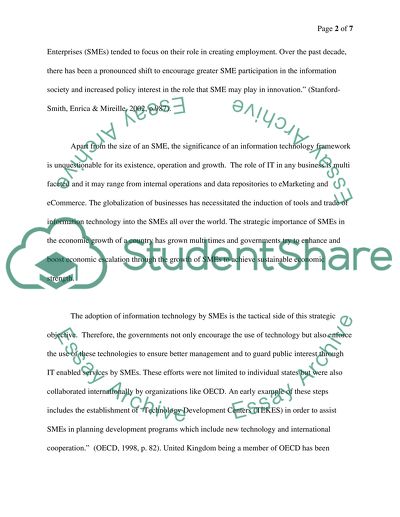Cite this document
(“Critical Literature Review Example | Topics and Well Written Essays - 1500 words - 1”, n.d.)
Retrieved from https://studentshare.org/gender-sexual-studies/1411341-critical-literature-review
Retrieved from https://studentshare.org/gender-sexual-studies/1411341-critical-literature-review
(Critical Literature Review Example | Topics and Well Written Essays - 1500 Words - 1)
https://studentshare.org/gender-sexual-studies/1411341-critical-literature-review.
https://studentshare.org/gender-sexual-studies/1411341-critical-literature-review.
“Critical Literature Review Example | Topics and Well Written Essays - 1500 Words - 1”, n.d. https://studentshare.org/gender-sexual-studies/1411341-critical-literature-review.


